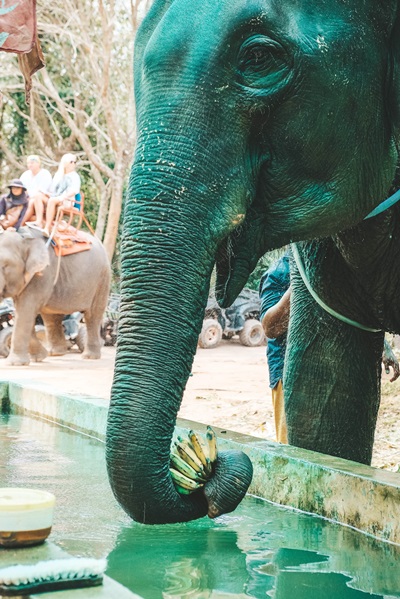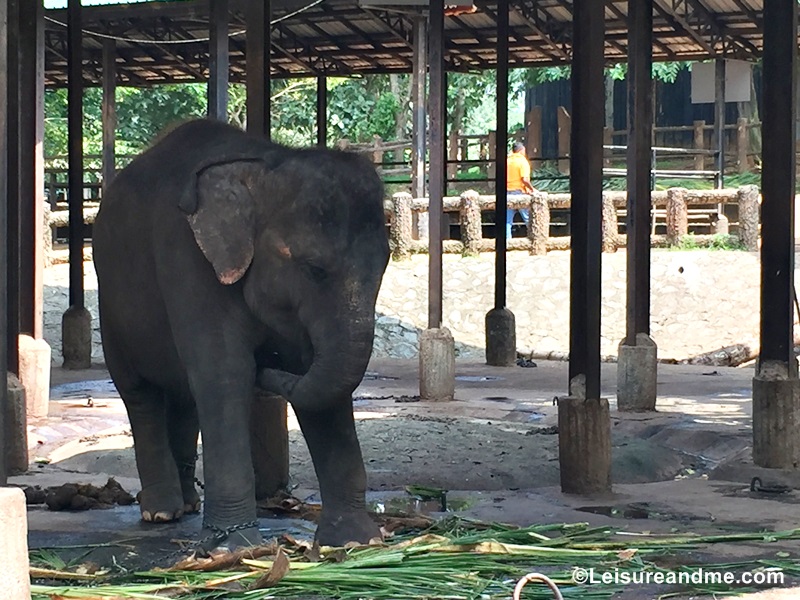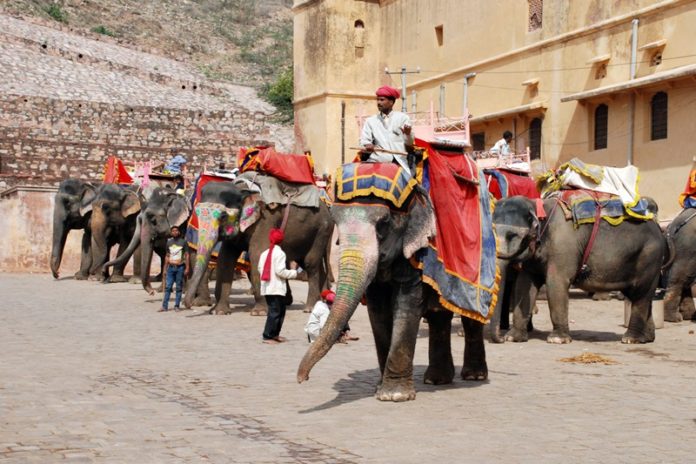The humble elephant is the biggest mammal to grace the lands of our Earth today. These majestic creatures have been figures of fascination for over thousands of years which has become both a blessing and a curse for these intelligent animals. For centuries, elephants have been a huge part of our lives. Traditionally, they were used in the military and the logging industry before commercial logging was banned because of flooding issues and wildlife habitat destruction.
Today, millions of tourists travel in Asia to not only witness these docile creatures, but also climb up on top of them to experience an elephant ride. The idea of sitting on top of a large mammal is quite exhilarating, but the dark side of this leisurely ride is something most people aren’t aware of.

The reality of training an elephant
Elephants are wild animals. You’d think because they’re such gentle giants that it’s almost a given they’re safe to ride. Well, they’re not. Elephants aren’t domesticated like horses and they undergo a barbaric process called elephant crushing or phajaan. This method involves secluding baby elephants in a cage where they can’t properly move. Elephants form deep family bonds and they live together in tight matriarchal groups which means the mother elephant will do everything to protect her young. The mother elephants are often killed in the crossfire so that the trainers can tame the baby elephants.
The baby elephants are beaten with bullhooks and clubs until they cannot tolerate the pain. Because of the confined space, these elephants are often starved and sleep deprived. Many animal welfare groups condemn elephant crushing because it is indeed animal cruelty. To think that the elephants are beaten into submission just to attract tourists for an ‘elephant ride’ is one of the reasons why this practice should stop completely.
This cruel method is practiced throughout Asia, with around 3,000 elephants held captive in tourist attraction sites where they are constantly abused and mistreated.

The elephant cruelty doesn’t end after training
Elephants suffer beyond phajaan. Many elephant camps use bullhooks and chains to keep these mammals in control. When the elephants aren’t on duty, they’re usually kept in small sheds with concrete floors. The problem with the solid flooring is that the elephants are forced to stand for long hours which can cause arthritis, foot & back problems because of their heavy weight. And when it’s time to give the tourists a ride, the elephants are forced to carry them through the blistering heat.
Elephants aren’t built to carry weight around their backs. Despite their strong physical appearance, the spinal structure of an elephant isn’t built to accommodate one or two human beings. Keep in mind that most of the elephants used for riding are malnourished, which means they are more likely to develop long-term physical injuries. The saddles used in elephant riding can also cause painful blisters because of the way its tightly secured.
Elephant welfare awareness is continuously growing
The good news is, many people are starting to become more aware of how elephants are treated. Many animal welfare activists are encouraging tourists to visit elephant sanctuaries and try ethical elephant tours instead where they can enjoy interacting with these majestic beasts all while inflicting zero harm. Elephant sanctuaries serve as a safe haven for rescued elephants where the owners are striving to accommodate a more ethical elephant interaction for the tourists.
Because of this, the elephant riding industry has slowly experienced a decline. Many tourist destinations in Asia have stopped promoting elephant riding to show support against the cruelty these animals face.
Look out for fake elephant sanctuaries
With the rise of elephant welfare awareness, elephant sanctuaries have been popping up all across Asia. Some companies are starting to market themselves as ‘elephant sanctuaries’ but are not actually applying ethical practices. Tourists are tricked into visiting these fake sanctuaries because they think it’s a much more ethical means of interacting with elephants.
Here are some signs to look out for when identifying fake elephant sanctuaries:
- See if the elephants are tied with chains. If their bodies have evident scars or bruises, it’s likely that the trainers are beating them with bullhooks or clubs.
- You can tell real animal sanctuaries from fake ones just by looking at the surroundings. If the elephants are kept in enclosed cages, then it means that the elephants aren’t getting the best form of treatment possible.
- Elephant sanctuaries will usually try to limit human contact with the elephants to avoid distressing them. In most cases, real elephant sanctuaries allow you to interact with the elephants without them being tied down or held captive in cages.
Conclusion
Elephant rides used to be a fascinating bucket list for tourists who plan on visiting Asia. Soon enough, people eventually discovered the cruelty that these animals face. Elephant sanctuaries provide tourists with an ethical elephant interaction where you can truly appreciate the beauty of these majestic creatures. Be sure to look out for authentic elephant sanctuaries and report any fake sanctuaries to an animal welfare society immediately.













